Cross-innovation Project
Cooperated with industries, Project Based Learning (PBL) is conducted in order to make an simulated experience of project
working after students will graduate.
Theme to be discussed is settled by industrial stuffs, and project groups are constructed by students and make technical discussion to solve some problems along with the theme.
Industrial stuffs give comments and suggestions to students as needed, as the discussion of students would be concluded in the direction of social movement.
Theme to be discussed is settled by industrial stuffs, and project groups are constructed by students and make technical discussion to solve some problems along with the theme.
Industrial stuffs give comments and suggestions to students as needed, as the discussion of students would be concluded in the direction of social movement.
Purpose is that students experience actual research and development process just as they will conduct in the real society
after graduation. So, they conduct R&D process in concept design step, extracting engineering problems step, problem solving
step, system design step and develop prototyping for system evaluation step, in order to fit for social need. These actual
processes make the students improve their competency.
Final outcomes are as follows;
1) developing the prototyping and evaluating the system (MUST)
2) proposing system concept as in document (MUST)
3) proposing system design requirements as in document(MUST)
4) proposing system originality as in invention document(WANT)
Final outcomes are as follows;
1) developing the prototyping and evaluating the system (MUST)
2) proposing system concept as in document (MUST)
3) proposing system design requirements as in document(MUST)
4) proposing system originality as in invention document(WANT)
- Can obtain the capability of constructing commercial or technological concepts fit for social need.
- Can obtain the capability of constructing functional and design specification fit for system concept.
- Can obtain the capability of planning the technical development process and the manufacturing process, of evaluating the cost and the merchantability and of architect the business model.
- Can obtain the capability of group harmonizing work and reaching out capability to cover other members weakness.
- Can obtain the capability of leadership by observing the group situation and by judging appropriate action.
- Can obtain the capability of invention by analyzing the originality point in designing system.
| Class schedule | HW assignments (Including preparation and review of the class.) | Amount of Time Required | |
|---|---|---|---|
| 1. | Guidance, project team construction and selecting leaders | Confirming System Engineering Skills | 90minutes |
| 2. | Theme selection and discussion of fundamental system concept - overall discussion | Surveying social situation and related technologies | 90minutes |
| 3. | Theme selection and discussion of fundamental system concept - detail discussion | Surveying social situation and related technologies | 90minutes |
| 4. | 1st Design Review for theme and fundamental system concept | Making power-point file for presentation | 90minutes |
| 5. | Discussion of functional specification - overall discussion | Confirming System Engineering Skills | 45minutes |
| Surveying social situation and related technologies | 45minutes | ||
| 6. | Discussion of functional specification - detail discussion | Confirming System Engineering Skills | 45minutes |
| Surveying social situation and related technologies | 45minutes | ||
| 7. | 2nd Design Review for system functional specification | Making power-point file for presentation | 90minutes |
| 8. | Discussion of system design specification - overall discussion | Confirming System Engineering Skills | 45minutes |
| Surveying social situation and related technologies | 45minutes | ||
| 9. | Discussion of system design specification - detail discussion | Confirming System Engineering Skills | 45minutes |
| Surveying social situation and related technologies | 45minutes | ||
| 10. | 3rd Design Review for system design specification | Making power-point file for presentation | 90minutes |
| 11. | Designing and producing prototyping | Surveying of technology and order the elements of system | 45minutes |
| Tuning the elements and making programs | 45minutes | ||
| 12. | Checking functionalities of prototyping | Tuning the elements and making programs | 90minutes |
| 13. | Evaluation of system | Evaluation experiments by using the prototyping | 45minutes |
| Making power-point file for final presentation | 45minutes | ||
| 14. | Final Design Review and final report | Making power-point file for final presentation | 45minutes |
| Making final report | 45minutes | ||
| Total. | - | - | 1260minutes |
| DR1 | DR2 | DR3 | Final presentation | Cross evaluation | Total. | |
|---|---|---|---|---|---|---|
| 1. | 6% | 6% | 6% | 5% | 1% | 24% |
| 2. | 6% | 6% | 6% | 1% | 19% | |
| 3. | 6% | 6% | 1% | 13% | ||
| 4. | 6% | 6% | 6% | 6% | 1% | 25% |
| 5. | 3% | 3% | 3% | 5% | 1% | 15% |
| 6. | 2% | 2% | 4% | |||
| Total. | 15% | 21% | 29% | 30% | 5% | - |
Integrating students mutual evaluation, industrial stuffs evaluation and teachers evaluations
- Settle the meeting of checking progress in the start of every class.
- Communication with staffs of communities or companies is assisted by faculty members via e-mails.
- Course that cultivates a basic interpersonal skills
- Course that cultivates an ability for utilizing knowledge
- Course that cultivates a basic self-management skills
- Course that cultivates a basic problem-solving skills
| Work experience | Work experience and relevance to the course content if applicatable |
|---|---|
| Applicatable | 90% or more of Professors are more than work experience-in-business 10 year. Perform suggestions and comments, which were obtained via the experience in actual business, through DR, final announcement, and individual support of teams. |

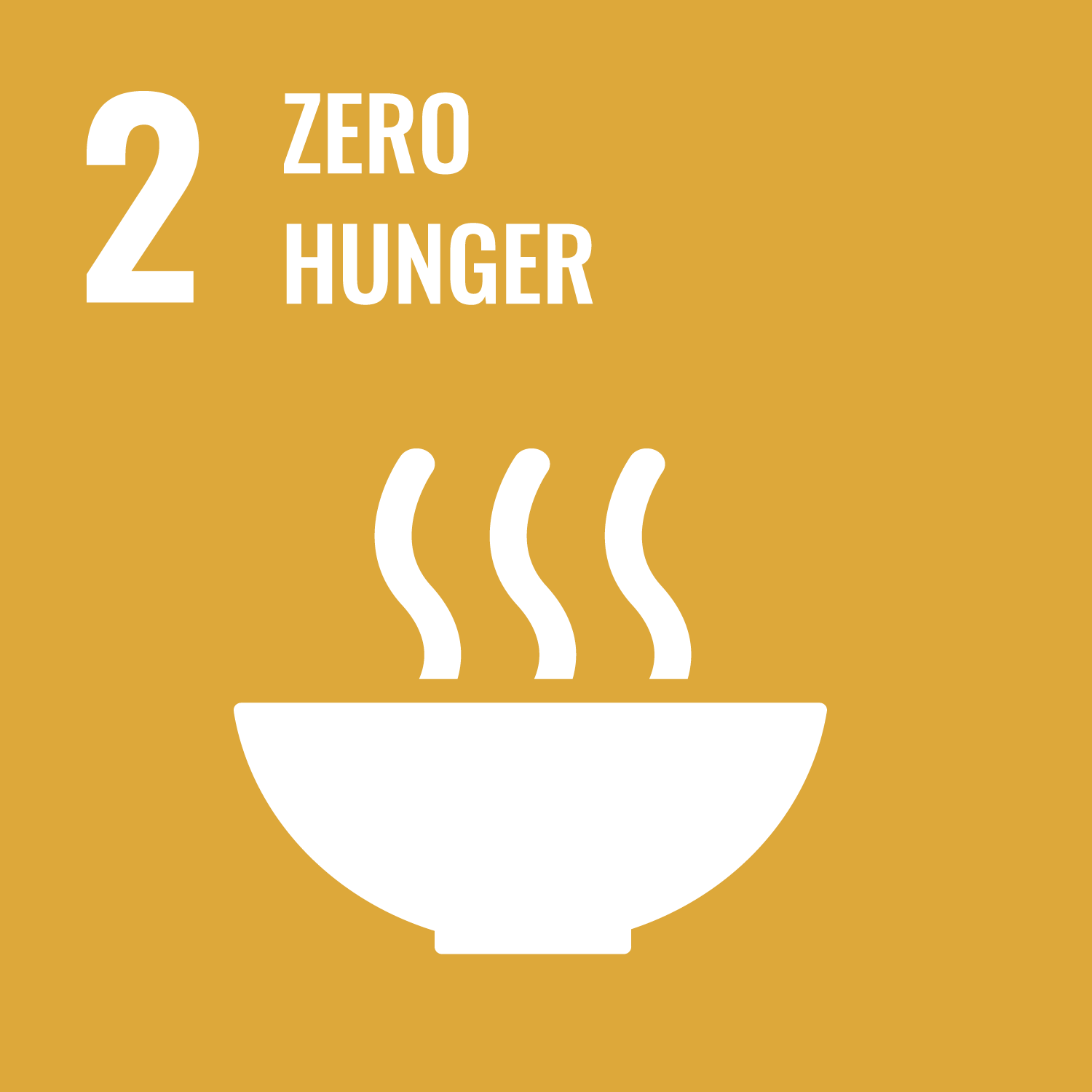
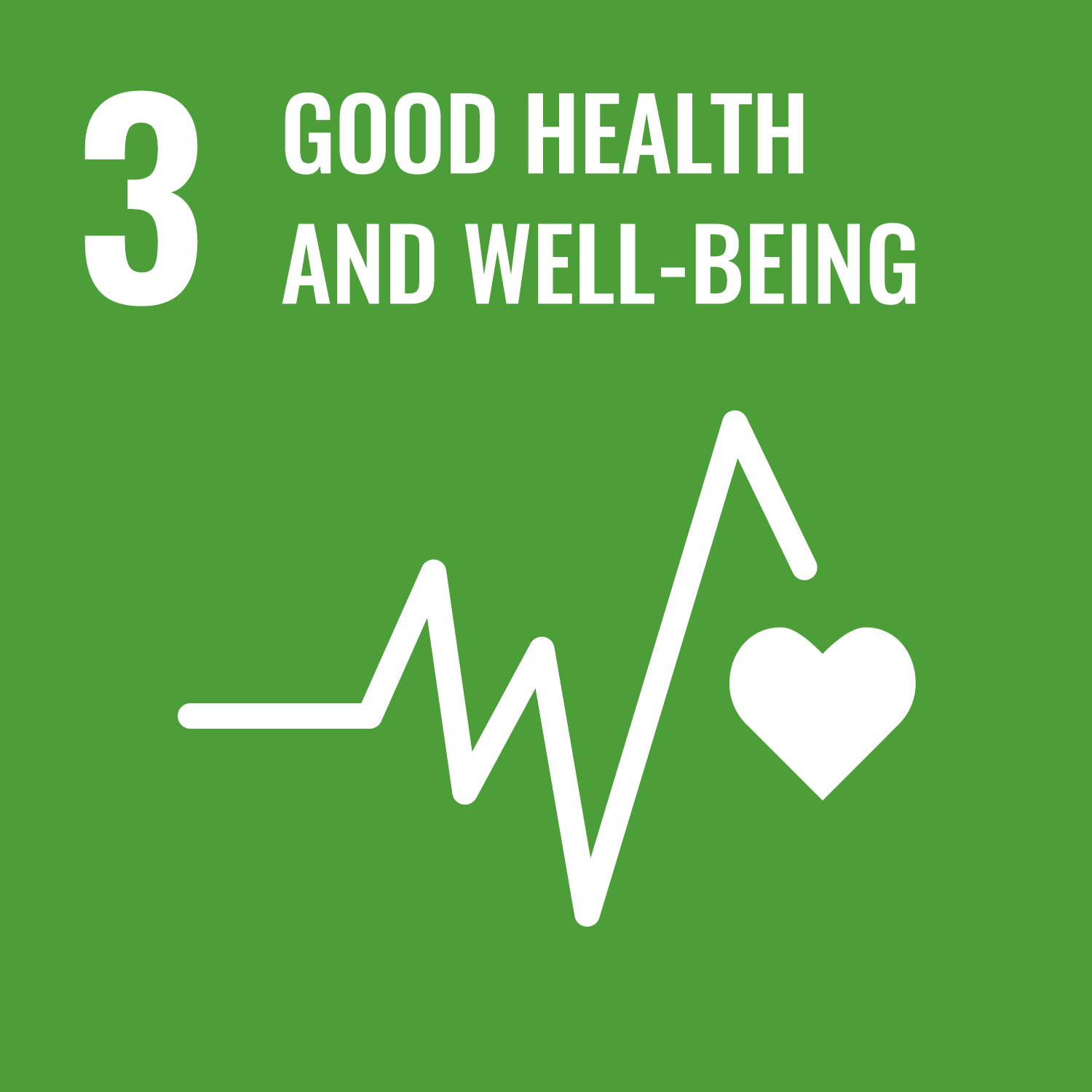

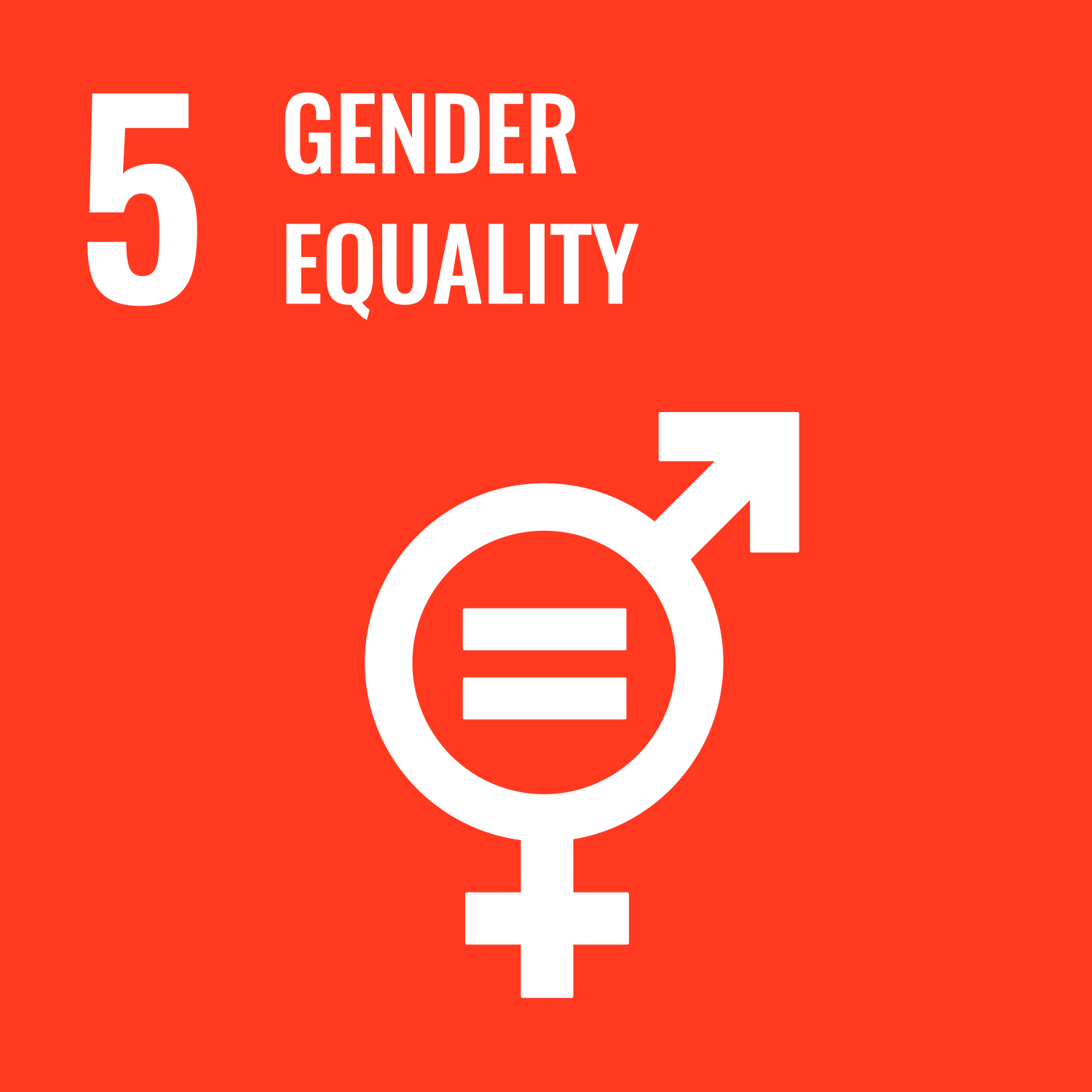
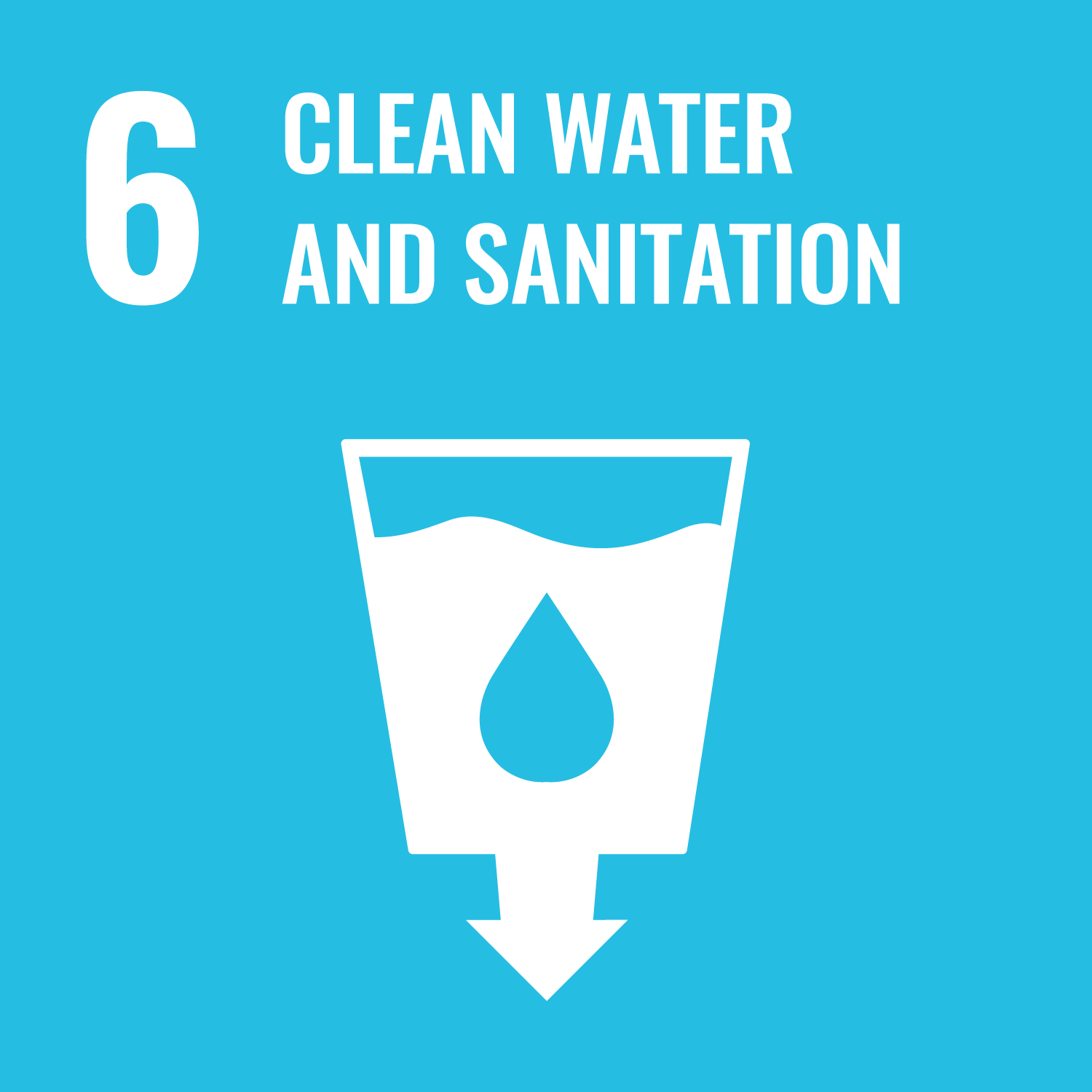
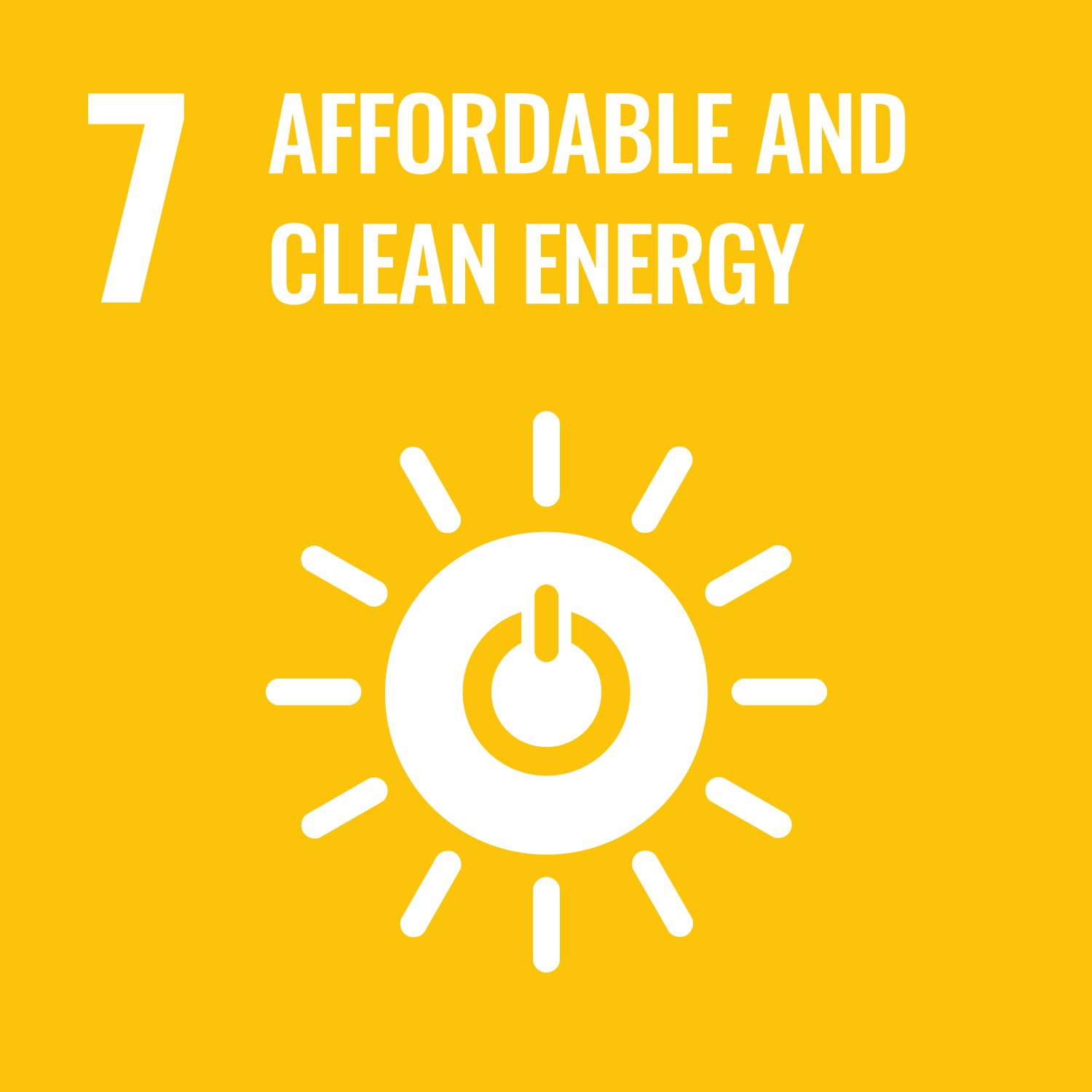
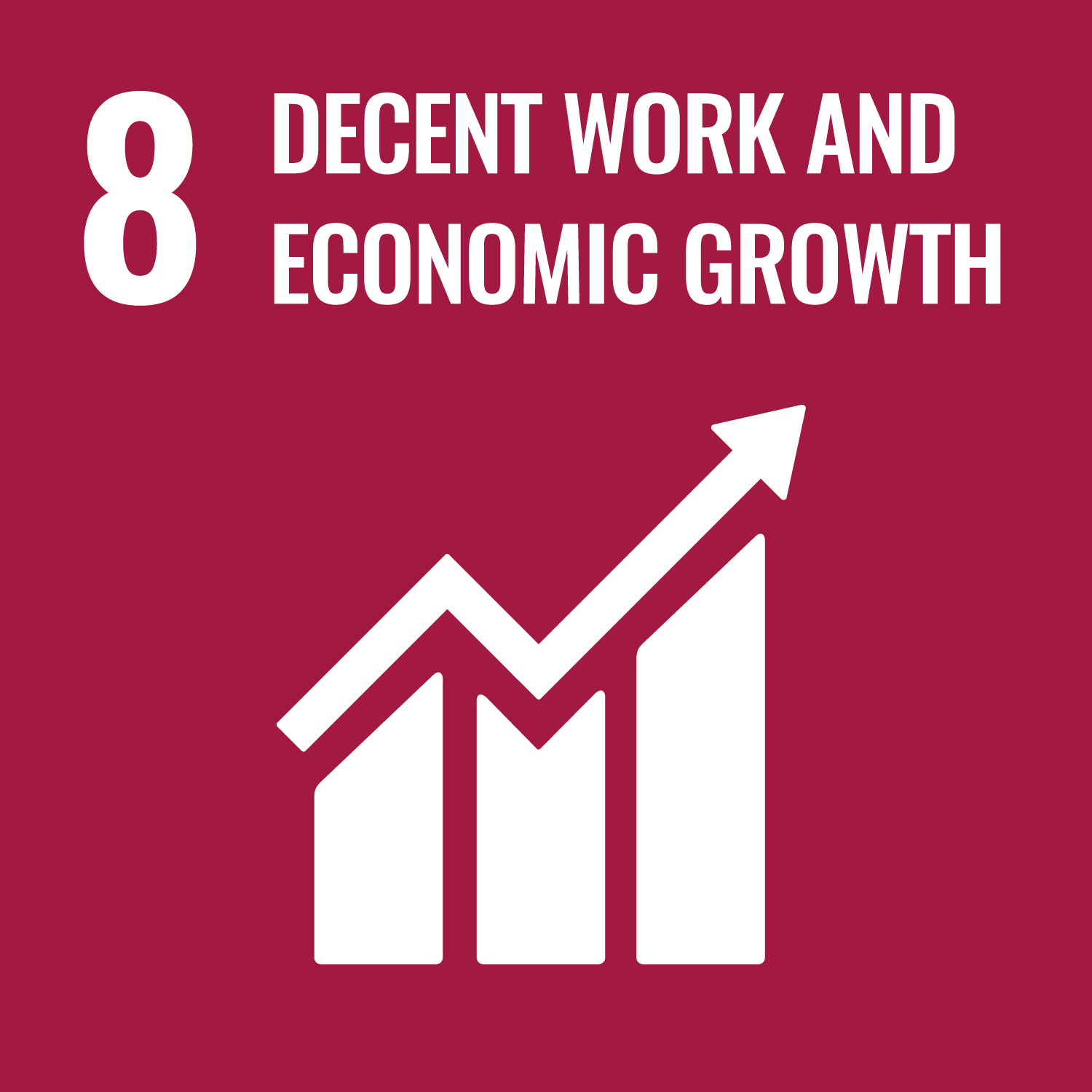

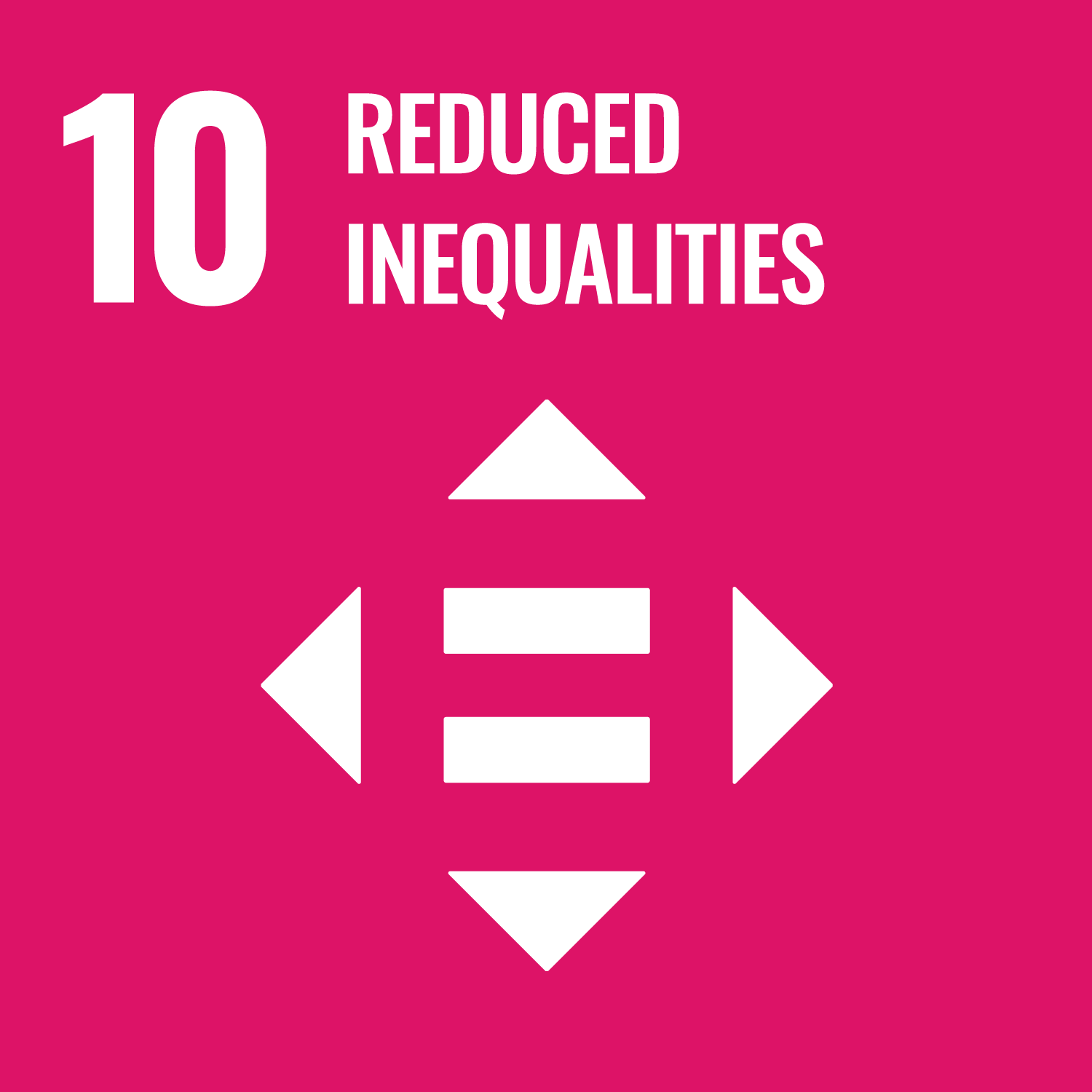
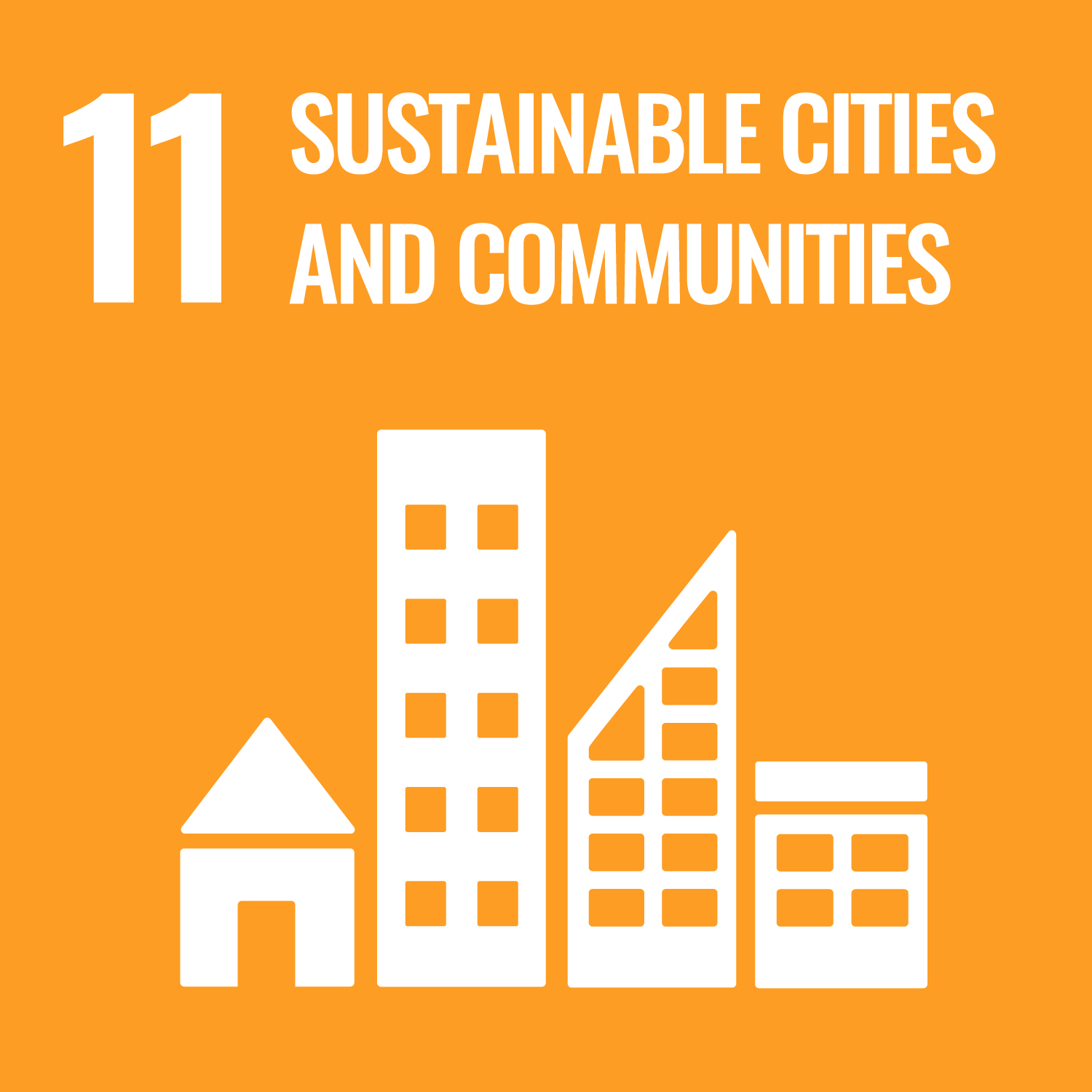

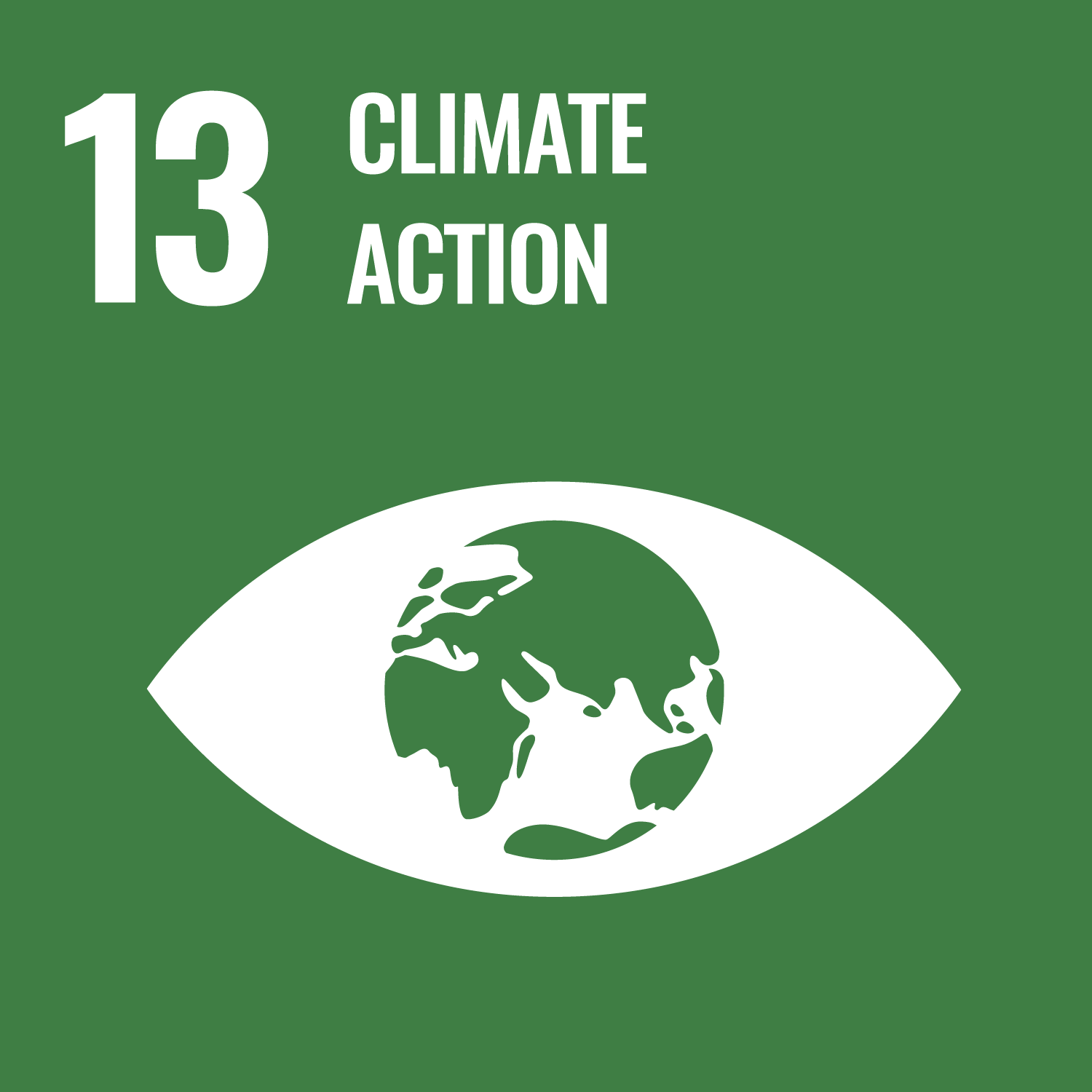

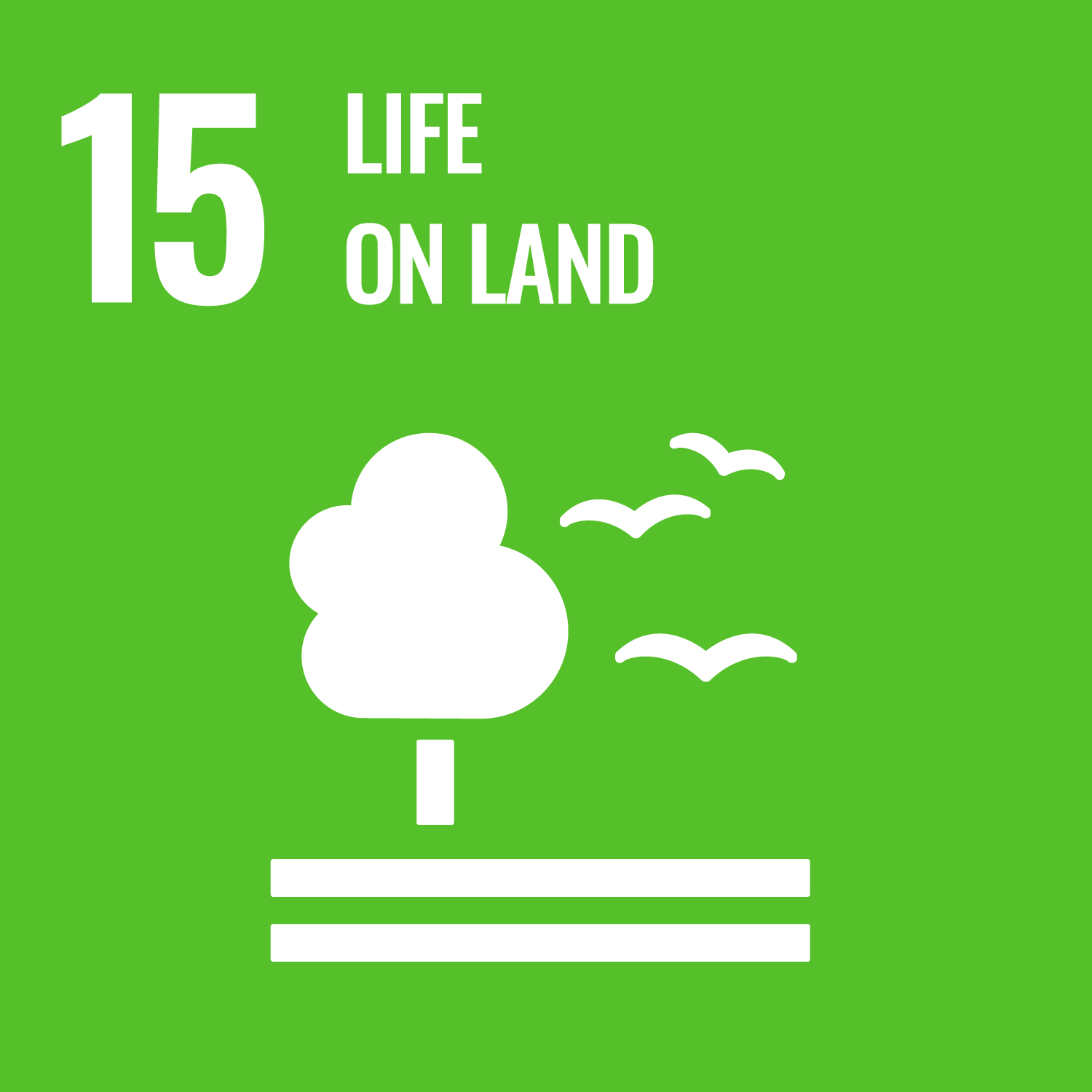
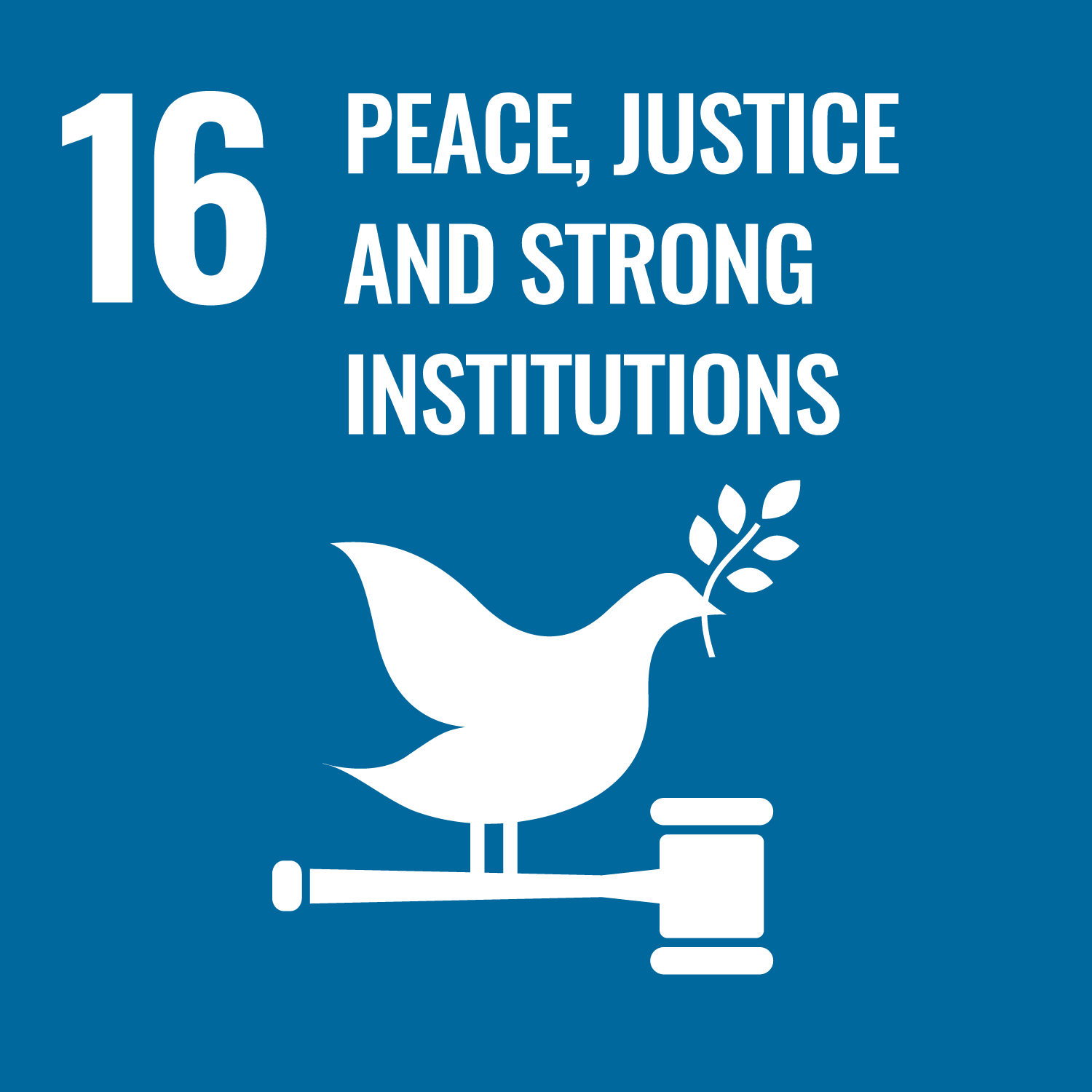
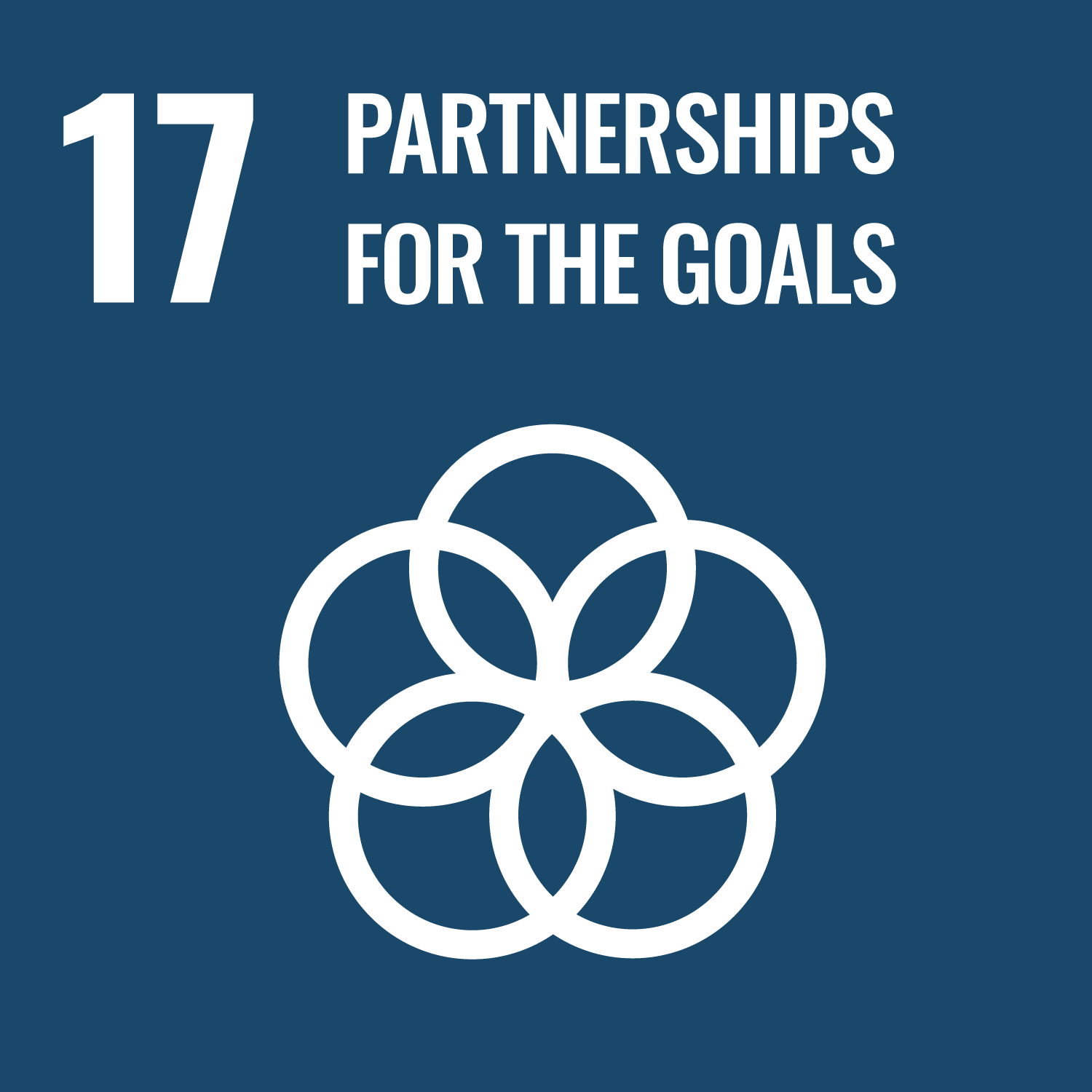
- 1.NO POVERTY
- 2.ZERO HUNGER
- 3.GOOD HEALTH AND WELL-BEING
- 4.QUALITY EDUCATION
- 5.GENDER EQUALITY
- 6.CLEAN WATER AND SANITATION
- 7.AFFORDABLE AND CLEAN ENERGY
- 8.DECENT WORK AND ECONOMIC GROWTH
- 9.INDUSTRY, INNOVATION AND INFRASTRUCTURE
- 10.REDUCED INEQUALITIES
- 11.SUSTAINABLE CITIES AND COMMUNITIES
- 12.RESPONSIBLE CONSUMPTION & PRODUCTION
- 13.CLIMATE ACTION
- 14.LIFE BELOW WATER
- 15.LIFE ON LAND
- 16.PEACE, JUSTICE AND STRONG INSTITUTIONS
- 17.PARTNERSHIPS FOR THE GOALS
Last modified : Tue Aug 18 04:02:55 JST 2020
